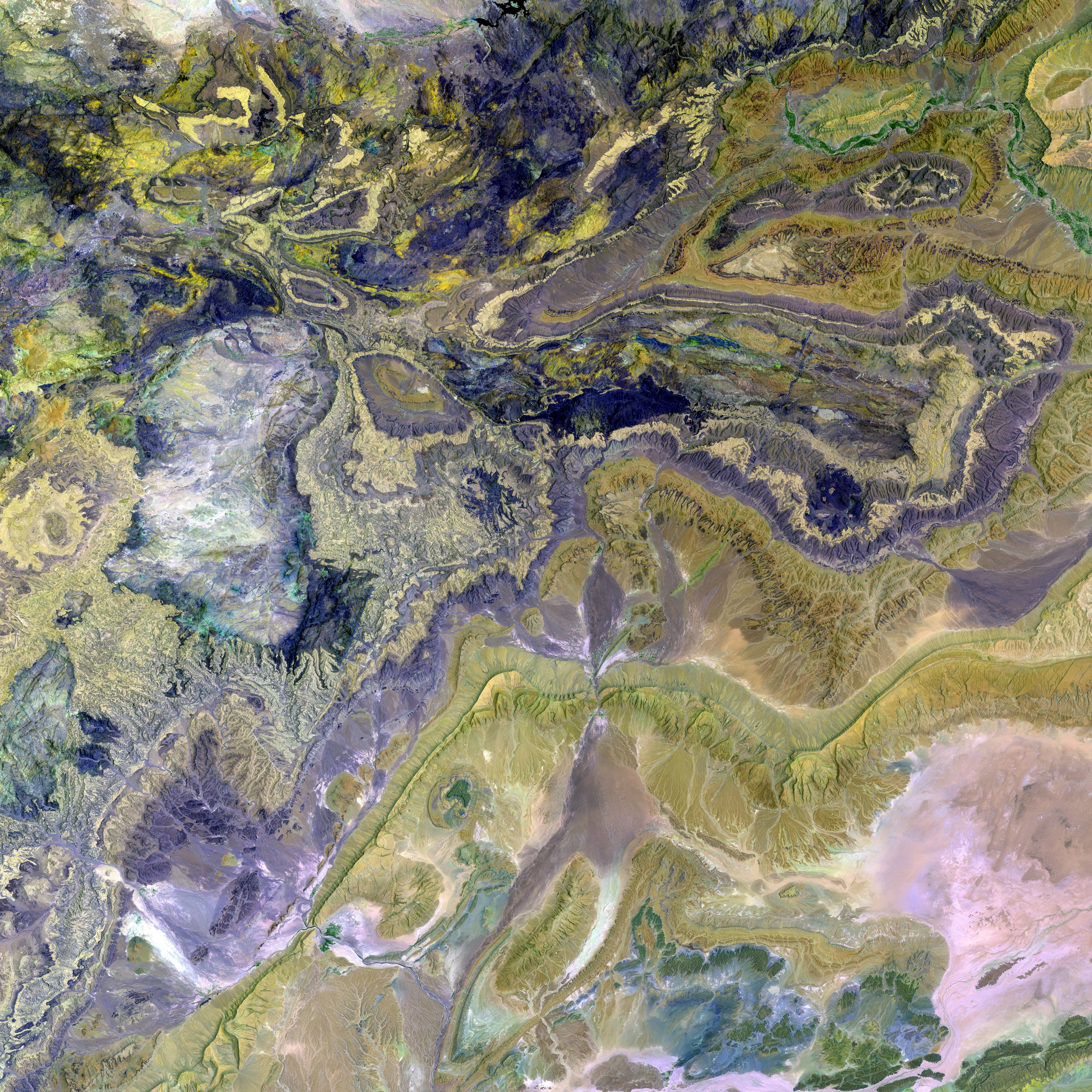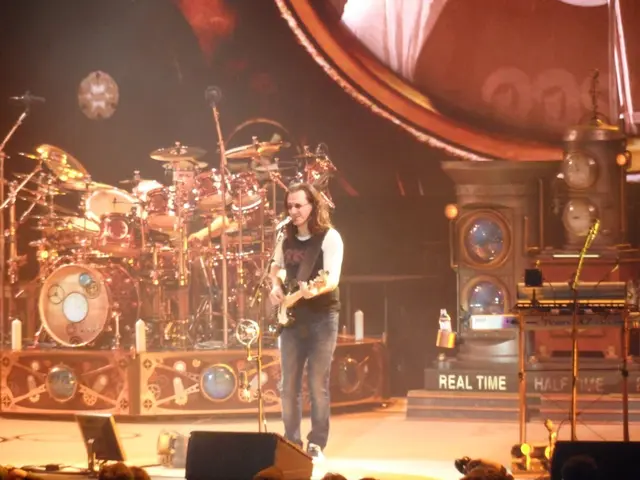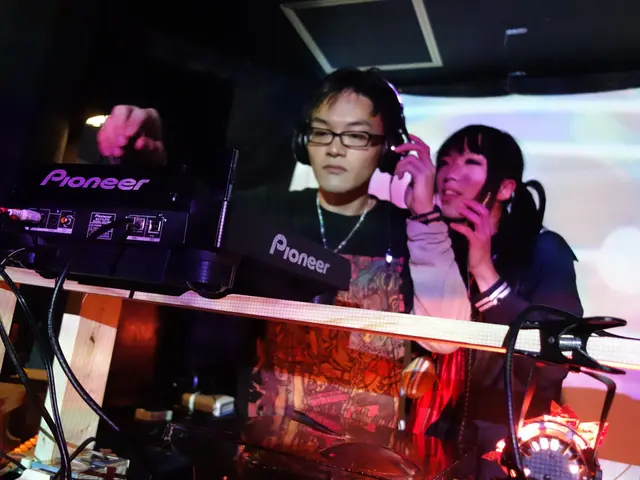Experienced the grandest spatial audio music event in the UK, sparking a yearning for a surround sound dome in my garden.
Spatial Audio Tech Revolutionizes Live Music Experience
Spatial audio, enabled by technologies like Dolby Atmos and L-ISA, has been gaining ground in the audio industry, with it becoming more accessible to the public through platforms such as Apple Music and Tidal. But the innovation doesn't stop there—companies have been experimenting with scaling up spatial audio technology to new dimensions.
Earlier this year, a transformative experience with spatial audio was had during a Max Cooper listening session hosted by L-Acoustics. Hearing the acclaimed electronic musician's latest album, "On Being," in the L-ISA format was a mind-bending journey for the tech-music enthusiast. With Cooper set to perform at the first-ever spatial audio music festival, Polygon Live LDN, the interest was piqued.
The event took place in London's Crystal Palace Park on May 3. With L-Acoustics providing the sound system, the main question was: how would the spatial audio experience translate in a live performance setting? And could such an event have broader implications for everyday listeners? With a journalist's curiosity, a touch of audio nerdery, and a raver's spirit, the journey to the festival began.
A Unique Auditory Experience
The challenge of creating a surround sound experience for thousands of people in a live setting may seem daunting. At Polygon Live LDN, this was overcome by constructing a tented dome out of rigging and filling it with L-Acoustics speakers on the sides and above, backed by a potent subwoofer wall in front of the stage. The resulting 12.1.4 system offered a powerful, one-of-a-kind listening experience, with clear and deep audio reproduction and a variety of movement and tricks for the performers.
Jon Hopkins, ambient and dance composer, provided an excellent entry to the festival with a set showcasing his recent album, "Ritual." Hopkins' music is well-suited to spatial audio, and the eight-hour electronic music lineup did not disappoint, with each artist uniquely reimagining their performance for this unique system.
A Symphony of Sound and Composition
From the soothing rhythms of Halina Rice to the dynamic Dutch duo Weval, to the techno and drum and bass mastery of headliner Max Cooper—each artist used spatial audio to create immersive, complex soundscapes that enveloped the listener and heightened the emotional and physical connection with the music.
The consistency of sound was also impressive, with even listeners at the edges of the dome enjoying a near-identical experience as those closer to the center. Speaking with Polygon Productions CEO Nico Elliott prior to the festival, the intended goal was for the audience to feel like they were inside the music, an immersive experience similar to that of a film in a cinema. The team at Polygon has been collaborating with L-Acoustics since 2015, and the feedback from engineers and artists has been positive.
Elliott added that the technology and speaker placement were carefully designed to ensure the same quality of sound for all listeners, striking a balance between movement and gimmick, and allowing the music to speak for itself. Elliott also expressed the hope that spatial audio events would become more commonplace, with artists adapting their performances to these unique environments.
As Polygon Live LDN demonstrated, spatial audio technology—when harnessed by the right artists and applied thoughtfully—can transform the live music experience, creating a truly emotional and engaging environment for music lovers. While setting up a Polygon-style dome in one's backyard may not be feasible, the hope is that spatial audio will influence more everyday musicians and AR/VR content creators to embrace the technology.
- The Polygon Live LDN festival, equipped with L-Acoustics speakers in a tented dome, provided a unique listening experience with spatial audio technology, allowing artists to create immersive and complex soundscapes for festival-goers.
- Spatial audio events, like Polygon Live LDN, offered a new dimension in live music performance, enabling artists to envelop listeners in sound and heighten their emotional and physical connection with the music.
- With the right use of spatial audio technology, everyday musicians and AR/VR content creators could be inspired to incorporate this innovative approach into their work, offering audiences a broader and more immersive auditory experience.








